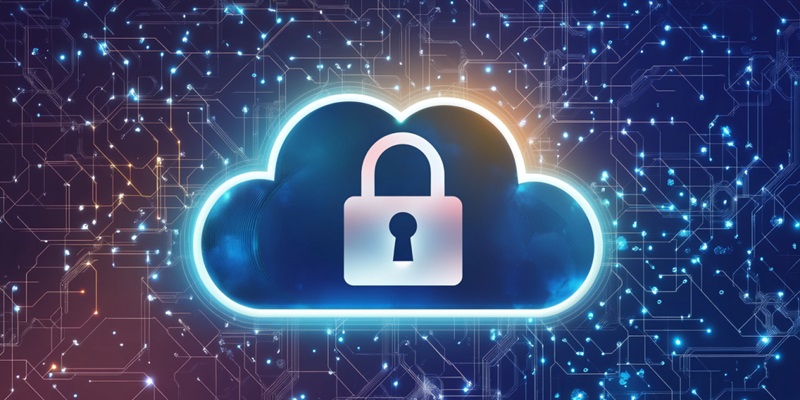In a significant move to combat the escalating threats of digital deception and misinformation, CloudSEK, a Bengaluru-based cybersecurity firm, has launched a free Deep Fake Detection Technology. This innovative tool is designed to enhance cybersecurity awareness and resilience among individuals, organizations, and media outlets. By developing this technology, CloudSEK aims to equip users with the means to identify manipulated video and audio content, thereby preventing the destructive consequences of deepfake technology misuse.
The Rising Threat of Deepfakes
The Impact Across Various Sectors
Deepfake technology misuse has become a rampant issue, affecting various sectors such as BFSI (Banking, Financial Services, and Insurance), healthcare, government, media, and IT. With fraud, misinformation, election interference, fake news, and financial scams becoming increasingly sophisticated, the need for effective detection mechanisms is more urgent than ever. CloudSEK’s research highlights the widespread nature of this problem, revealing a deepfake video scam that targets users in seven countries through fake celebrity endorsements for fraudulent mobile gaming apps. This scam is supported by the creation of over 1,000 phishing domains daily, emphasizing the scale and coordination involved in these deceptive efforts.
Moreover, the repercussions of deepfake technology extend beyond individual and organizational impacts, as they threaten the very fabric of trust in digital interactions. In the BFSI sector, for example, deepfakes can be used to impersonate executives or officials, leading to significant financial losses and reputational damage. The healthcare industry is not immune either, as deepfakes can manipulate public health information and cause widespread panic. Government entities face the risk of election interference and propaganda, while media outlets struggle with the proliferation of fake news. The IT sector, tasked with safeguarding data integrity and cybersecurity, finds itself in a constant battle against evolving deepfake threats.
CloudSEK’s Multi-Analyzer Approach
To tackle these challenges, CloudSEK’s Deep Fake Detection Technology employs a robust multi-analyzer system. This includes the Video Fakeness Analyzer, Audio Fakeness Analyzer, Facial Coherence Analyzer, Texture Uniformity Analyzer, and an Audio Transcriber and Summary Generator. These analyzers work in tandem to scrutinize video and audio content for any signs of manipulation and inconsistencies, providing users with a comprehensive tool to verify the authenticity of digital media. This initiative aligns perfectly with National Cyber Security Awareness Month (NCSAM) in October, which focuses on increasing public awareness about cybersecurity.
The Video Fakeness Analyzer examines the visual aspects of a video for abnormal patterns that could indicate tampering, while the Audio Fakeness Analyzer scrutinizes audio tracks for signs of artificial manipulation. The Facial Coherence Analyzer checks for natural facial movements and expressions, looking for irregularities that might suggest a deepfake. Texture Uniformity Analyzer assesses the surface and lighting consistency across the video, and the Audio Transcriber and Summary Generator convert spoken content into text, enabling further linguistic analysis. Through this multi-faceted approach, CloudSEK ensures that their technology can detect even the most sophisticated deepfakes, thereby fortifying defenses against digital deception.
Practical Applications and Limitations
Protecting Organizations and Individuals
CloudSEK’s tool offers organizations a practical solution against deepfake threats by allowing them to submit video links for analysis. Once these links are provided, the system assesses the content for manipulations and inconsistencies, delivering a detailed report on its authenticity. This feature is particularly beneficial for media outlets, which often grapple with verifying the authenticity of video content before publication. By integrating CloudSEK’s detection technology into their workflows, media organizations can better uphold journalistic integrity and prevent the dissemination of fake news.
Similarly, businesses across various sectors can leverage this tool to safeguard their operations. For example, financial institutions can use it to verify the legitimacy of video communications, thwarting potential scams. In the corporate sphere, human resources departments can validate recorded interviews or video resumes, ensuring that hiring decisions are based on genuine representations. Government agencies can employ the technology to maintain the integrity of political communications and prevent election interference. Overall, CloudSEK’s Deep Fake Detection Technology provides a versatile solution adaptable to numerous contexts, bolstering cybersecurity resilience across the board.
Limitations and Community Engagement
In a notable endeavor to tackle the growing threats of digital deception and misinformation, CloudSEK, a cybersecurity firm based in Bengaluru, has introduced a free Deep Fake Detection Technology. This groundbreaking tool is tailored to boost cybersecurity savvy and resilience among individuals, organizations, and media platforms. With the rise of manipulated video and audio content, which can have seriously harmful effects if left unchecked, CloudSEK’s technology aims to arm users with the skills to identify deepfake content.
The significance of this development cannot be overstated. Deepfakes, which use artificial intelligence to create hyper-realistic but fraudulent multimedia, have the potential to mislead the public, tarnish reputations, and even disrupt political processes. By offering this technology at no cost, CloudSEK is prioritizing public safety and trust, ensuring that everyday users, as well as professionals, have access to the tools needed to discern authentic content from manipulated media. This effort seeks to foster a more informed and secure digital environment, safeguarding against the adverse impacts of deepfake misuse.

